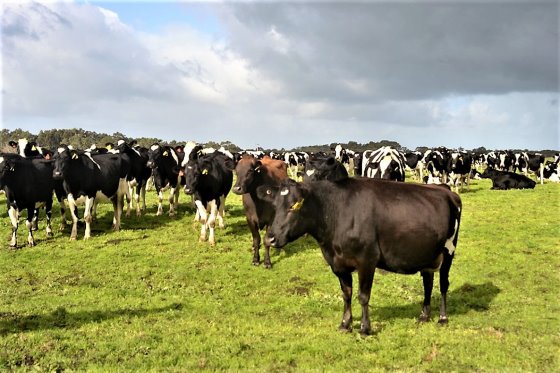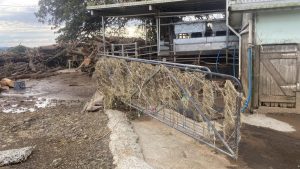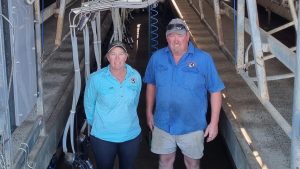
The Australian Minister for Agriculture, David Littleproud, said that the Australian dairy sector has the potential to expand its exports to overseas markets. “We’re making it easier for the Australian dairy industry to make more money from exports markets,” he said.
Dairy exports from Australia were worth AU$3.2 billion in 2019. “And we are doing all we can to support the industry to see it grow even more,” Minister Littleproud said. “My department works closely with Dairy Australia (the national body for the dairy industry) and state government regulators to achieve efficiency gains.”
Canberra is planning to identify regulatory hurdles for domestic dairy manufacturers to become exporters. It also wants to work with industry to align food safety in regulatory and commercial assurance programmes. Canberra will further work towards reduced regulatory intervention, through improved data collection.
World dairy price, season 2007–08 to season 2024–25
1
World dairy price, season 2007–08 to season 2024–25 Infographic: ABARES
Infographic: ABARES
Drought, fire and flood
Currently Australia has 490 dairy companies registered for export. They will profit from the improvements, along with domestic manufactures who are looking to become exporters. Littleproud said it has not been easy for the Australian dairy industry for some time now because of drought, fire and flood in some regions. The new programme will run to the season 2024-2025.
Australian dairy farmers had a tough season so far but the forecast for the 2019–2020 farmgate milk price is the highest on record (in nominal terms). According to the Australian Bureau of Agriculture Resource Economics (ABARES) there have been drought-induced constraints on supply and a lower Australian dollar, which will result in a milk price of 52,4 dollar cents per litre this year.
Also read: Australia’s dairy sector still facing immense pressure
Analyst Andrew Duver of ABARES expects the farmgate milk price to fall in real terms as domestic supply slowly stabilises and the Australian dollar appreciates. Rising world demand will support prices, but increasing global supply and shocks to demand will remain risks to prices. In 2020–2021 Australian milk production will fall by 1% to around 8,470 million litre, ABARES forecasts.
Australian milk production between season 1989–90 to season 2024–25
2
Australian milk production between season 1989–90 to season 2024–25 Infographic: ABARES
Infographic: ABARES
Higher-value products
The recovery of production is expected to lag behind an improvement in seasonal conditions. Australian dairy farmers have been selling cows during the drought to reduce feed costs and generate cash flow. It will take time for farms to restock.
By 2022–2023, the milk production will recover, says Duver. In the years before that, farms are expected to have invested in young stock and these cows will enter the milking population. Duver expects improved pasture quality and availability, coupled with genetic improvements, to increase milk yields per cow.
The Australian milk production is forecast to reach over 8,700 million litre by 2024–2025. Under a less positive scenario, drought conditions will result in milk production falling below 8,200 million litre in 2022–2023, before recovering to almost 8,300 ML in 2024–2025.
3
The Australian milk price is expected to fall by 1% to 52 dollar cent next season. Infographic: ABARES
Coronavirus
Duver emphasises that the short-term implications of the coronavirus (COVID‑19) outbreak are still unknown. “If quarantine measures in China disrupt domestic supply chains then imports will be required to supplement domestic production,” says Duver.
Duver expects that Australia will likely export higher-value products as global markets become more competitive. Australian fresh milk exports to Malaysia, Singapore and the Philippines have been increasing over the last 5 years. This suggests that processors are investing in developing new markets.

























